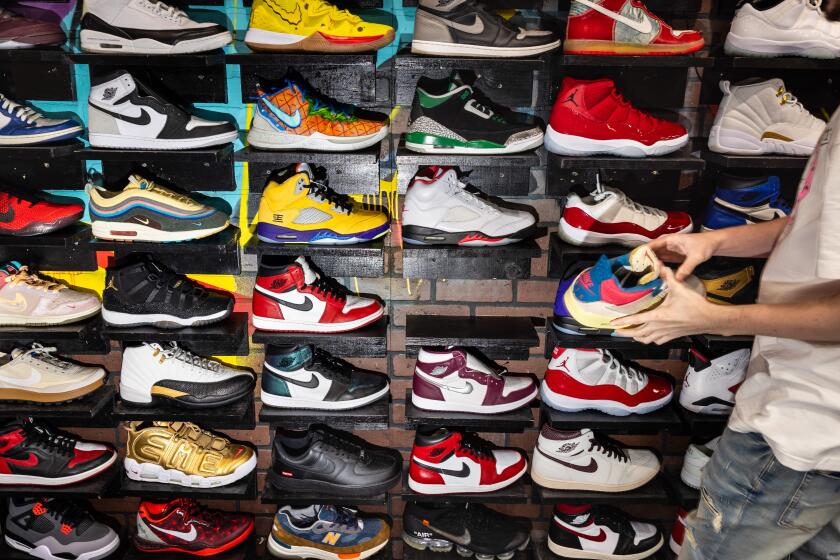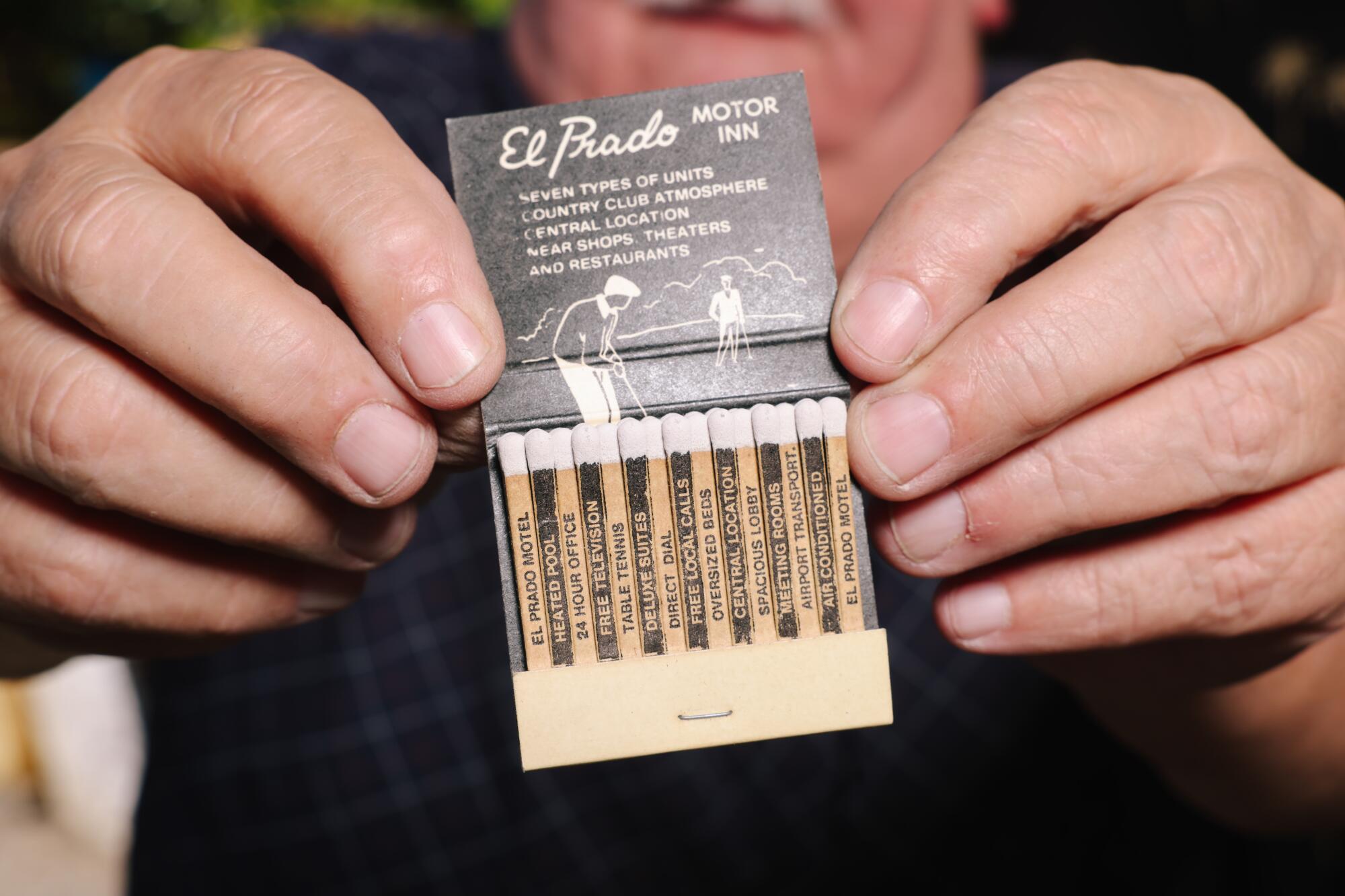
Itâs not hard to strike up an illuminating conversation at a meeting of the Angelus Matchcover Club. Just ask someone about their collection.
Since its inception in 1951, the club has devoted itself to appreciating all things matchcovers. At one of the clubâs recent meetups in Pasadena, about 15 or so members rustled through box after box of vintage matchbooks as they talked about their recent finds.
One member was looking for covers from Mexico; another sought out airline memorabilia. A gentleman proudly displayed his binder of covers devoted to hot dogs, as well as a whole other binder devoted to covers advertising or featuring chips, pretzels or peanuts. A younger member dug through boxes of âfreebies,â a collection the club has purchased or that was donated, looking for books mentioning classic L.A. eateries, while the clubâs president, Denise McKinney, explained match collecting lore and terminology, from âfeaturesâ â books where the matches themselves have art on them â to âbobtails,â or matchcovers that no longer feature the original striker and thus are less collectible.
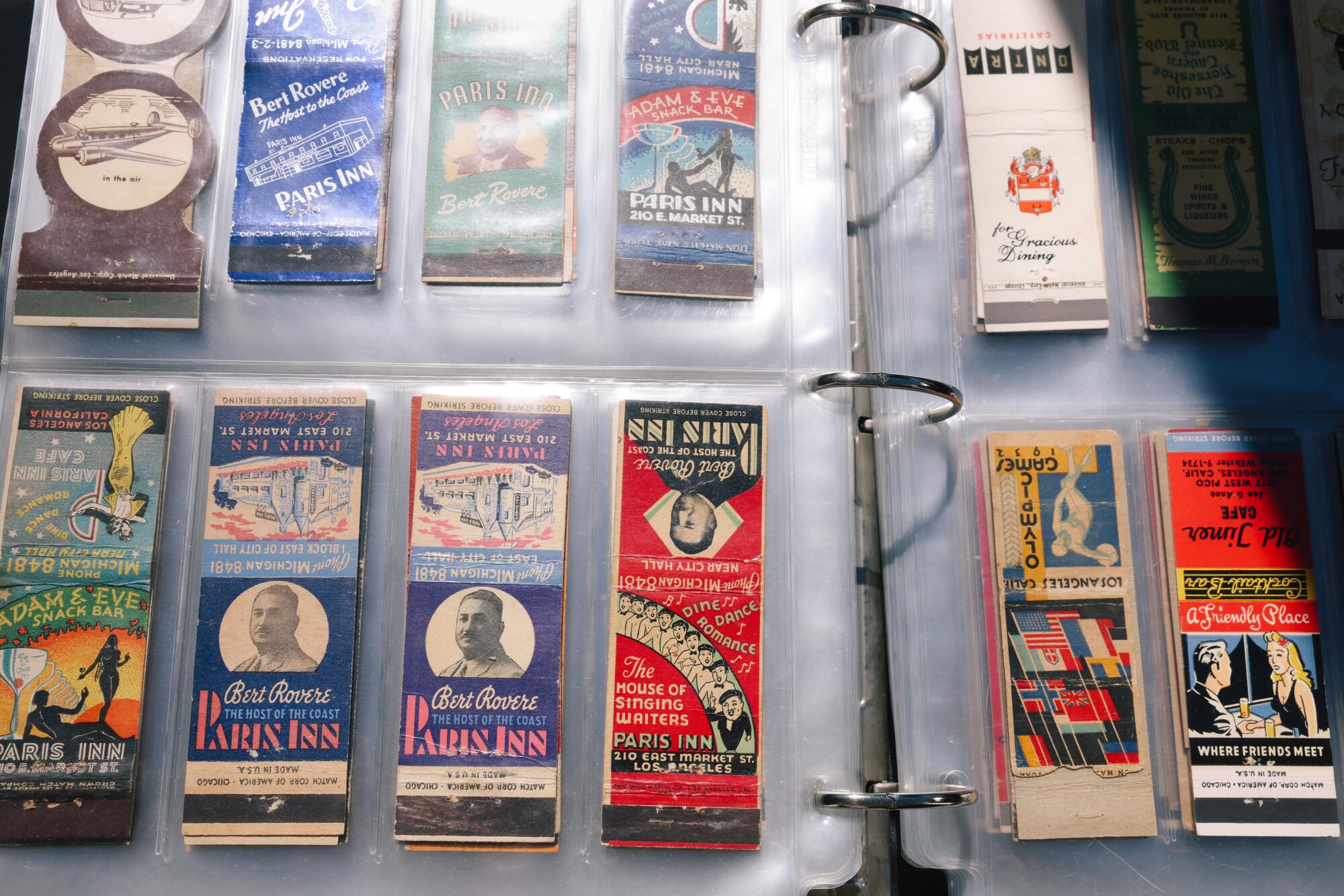
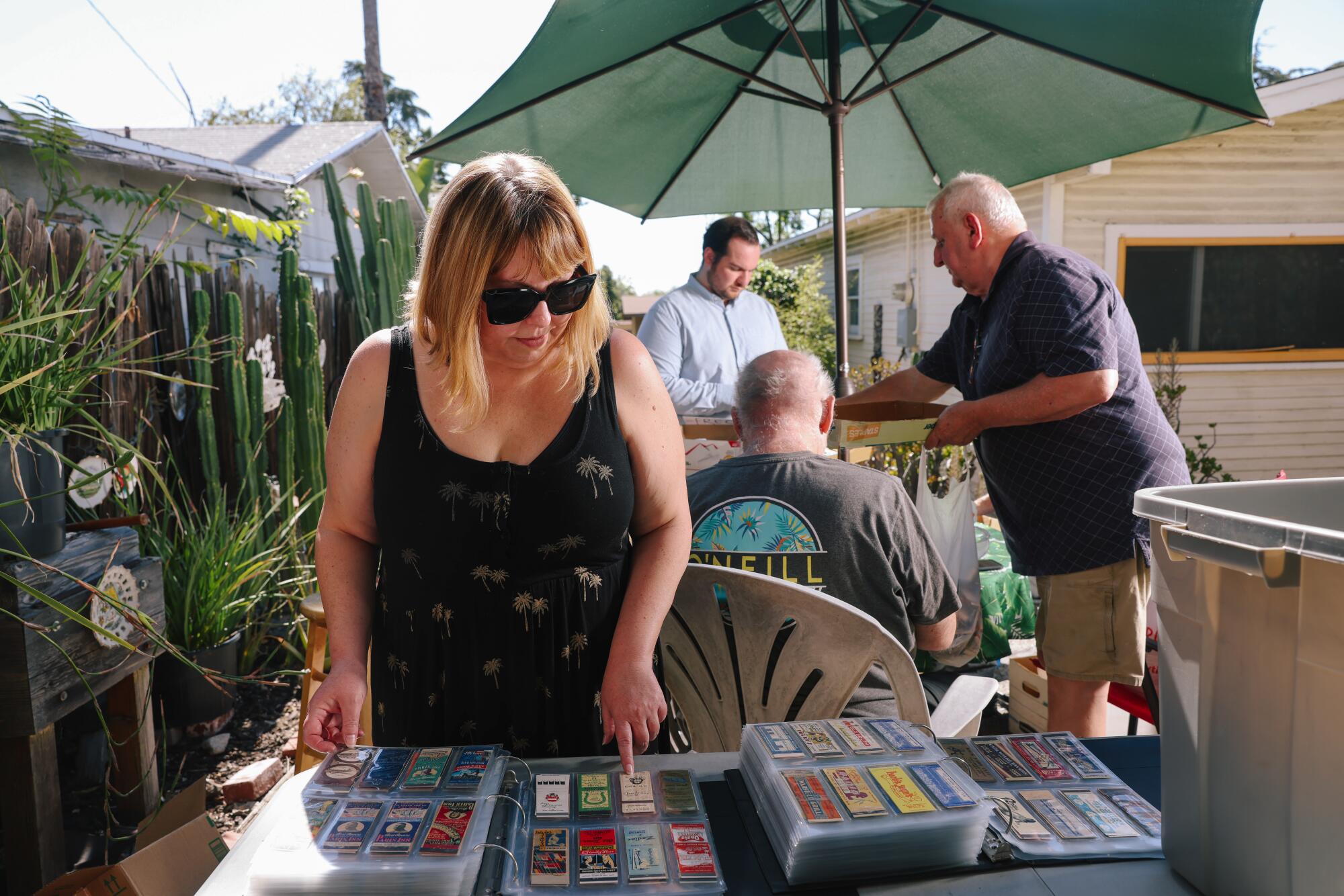
McKinney, one of the clubâs younger members, joined in the late 2000s after buying matches on eBay from a club member, who invited her to come check things out. An administrative assistant from Riverside, McKinney says she got into collecting matchcovers after a dalliance with vintage Las Vegas ashtrays. âThis is how a lot of people also get started, but I went to an estate sale and they had a brand new snifter full of matchbooks and I thought, âOh, this looks fun,â and so I bought it,â she says. âWhen I went through it, I thought, âThis is great. They go with the ashtrays,â and so I just started getting more and more.â When she started getting disillusioned with the clutter and weight of her ashtray collection, she leaned into matchcovers. Eventually she became a full-bore phillumenist, the technical term for matchbook collectors.
âA matchbook is a little bit of history that you can hold in your hand,â McKinney says. âWhen I hold a matchbook, I know that someone got that matchbook 60 years ago and somehow held on to it. You feel like youâre back in time a little bit just by reading them and you learn a lot, you know, about society, culture and all kinds of weird little oddities.â She says she has thousands and thousands of matchcovers in her collection now, spread all over her house.
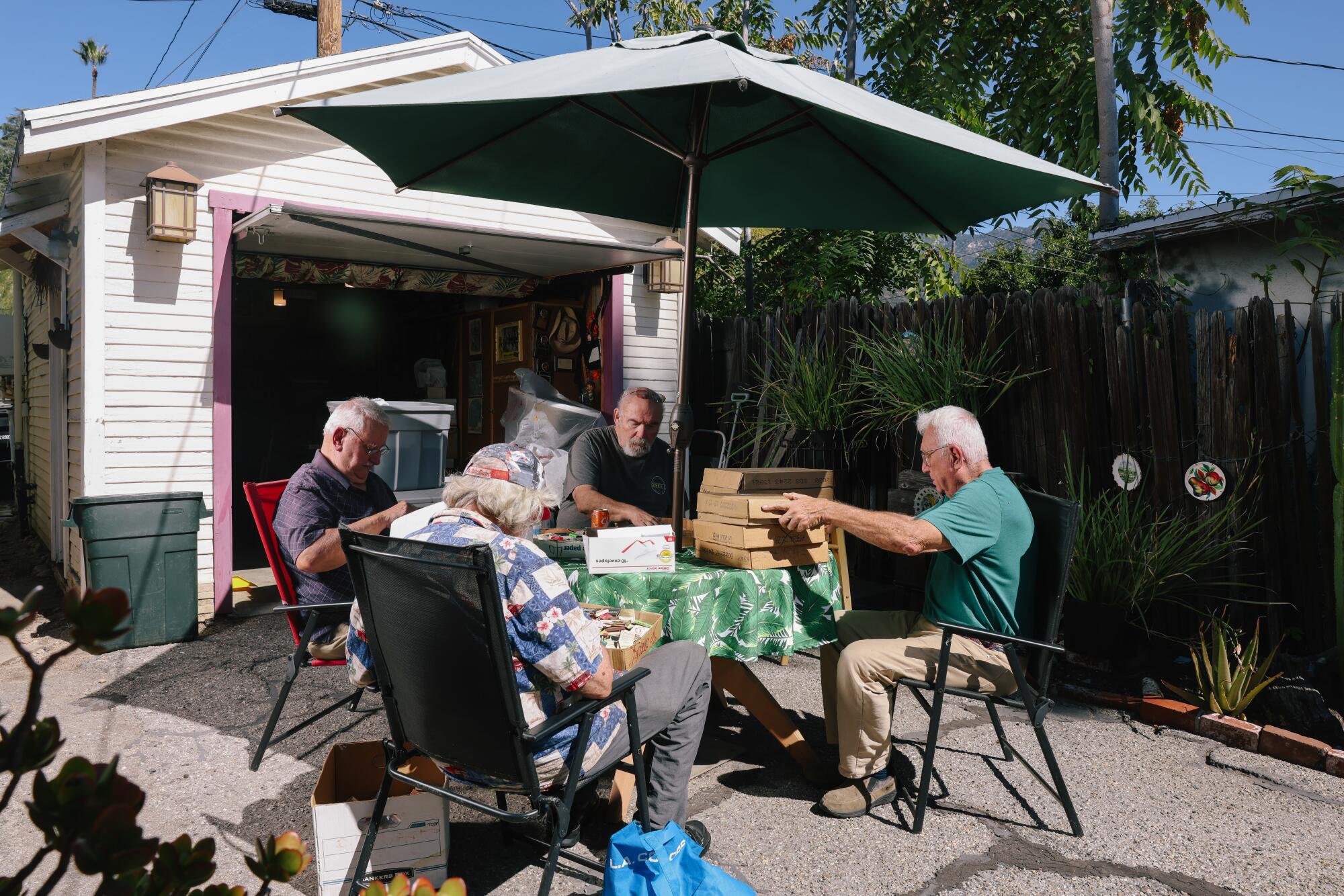
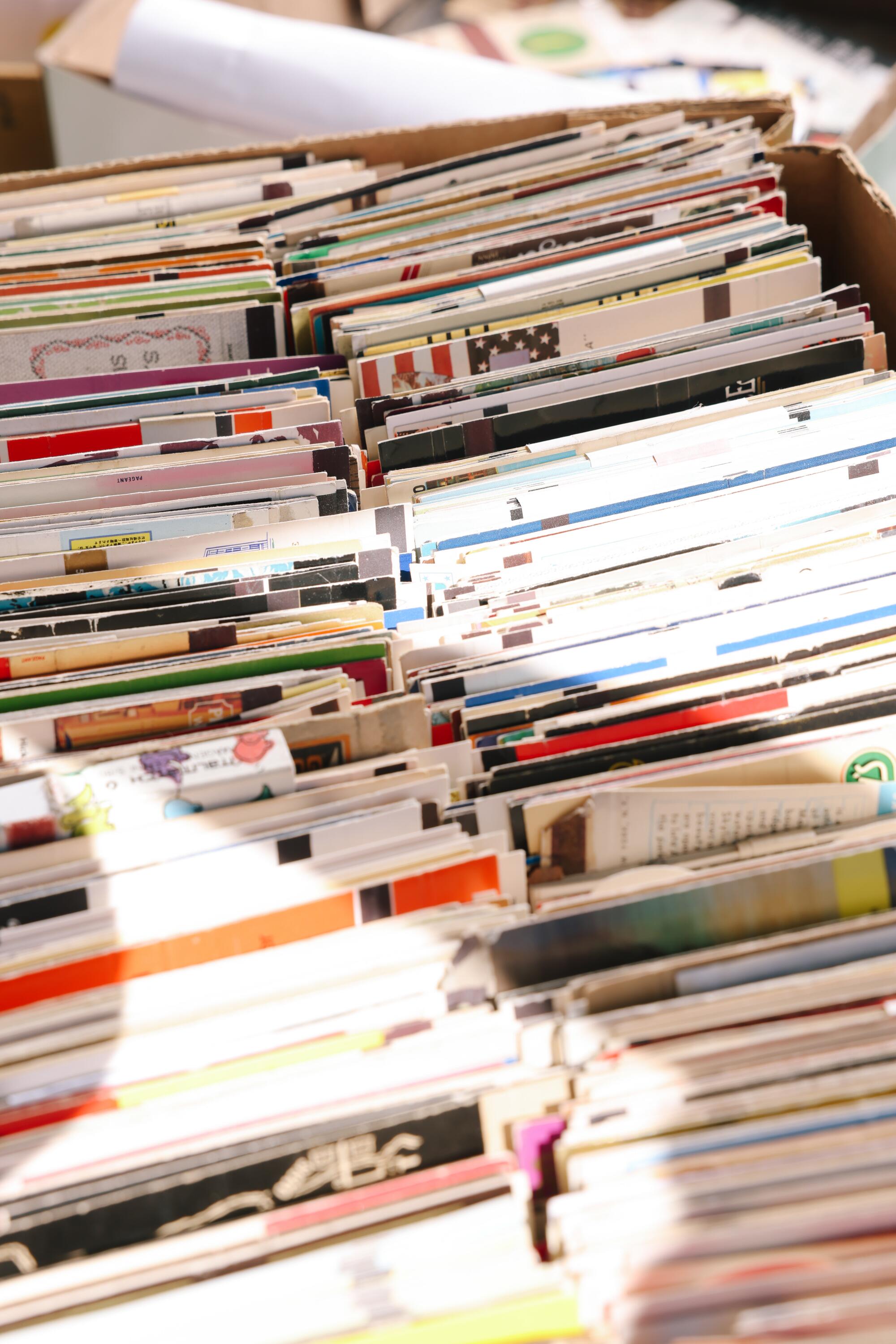
Itâs nothing compared with other collectors, some of whom even build out special rooms in their homes to devote to their cardboard curios, she says. McKinney seeks out mostly vintage Southern California covers, though she also likes covers advertising TV and radio stations, those emblazoned with clowns, flamingos, hamburgers or elephants, and those featuring what sheâs dubbed âparty animals,â a term that applies to creatures either enjoying a cocktail or engaged in cannibalistic practices (e.g., a steer holding a nice big steak).
Like McKinney, many of the clubâs 100 or so members have a specific collecting niche, whether itâs Bobâs Big Boy matchcovers from Pasadena or books made before World War II. The clubâs quarterly newsletter â which is mailed to all members who pay $10 in annual dues â is chock-full of stories about, say, tracking the rise of talking motion pictures through matchcover art or extolling the virtues of Douglas Trick Matches, which, when struck, spark or produce firework-like snakes made of black ash.
Matchcovers can provide an interesting look at a region or industryâs history. Bob Donnelson, the clubâs vice president, pulled together more than 300 vintage covers from Whittier, Pico Rivera and La Habra for a display in the Whittier Public Library heralding the areaâs history and development. Matchcovers not only detail the location and phone number of a business â whether it still exists or has been long forgotten â but they also sometimes feature a restaurantâs menu, a barâs list of specials or a high school football teamâs long-forgotten fall schedule.
A time capsule of L.A.âs bar history is now on display at downtownâs Central Library.
âMatchcovers are a community resource,â McKinney says. âYou may not know a place existed, but thereâs a matchbook for it.â
Thatâs certainly part of the reason Marshall Pumphrey, another club member, started collecting. The president and curator of the Long Beach Heritage Museum, Pumphrey is committed to âpreserving and protectingâ the stories behind the city. âMatchbooks are the one item that can uncover all the layers of history,â he says, âbecause every business â and especially restaurants â always had matchbooks, even if the businesses didnât last, so I can actually take the address of a matchbook and go through the last 100 years of what businesses were at various locations or in various buildings.â
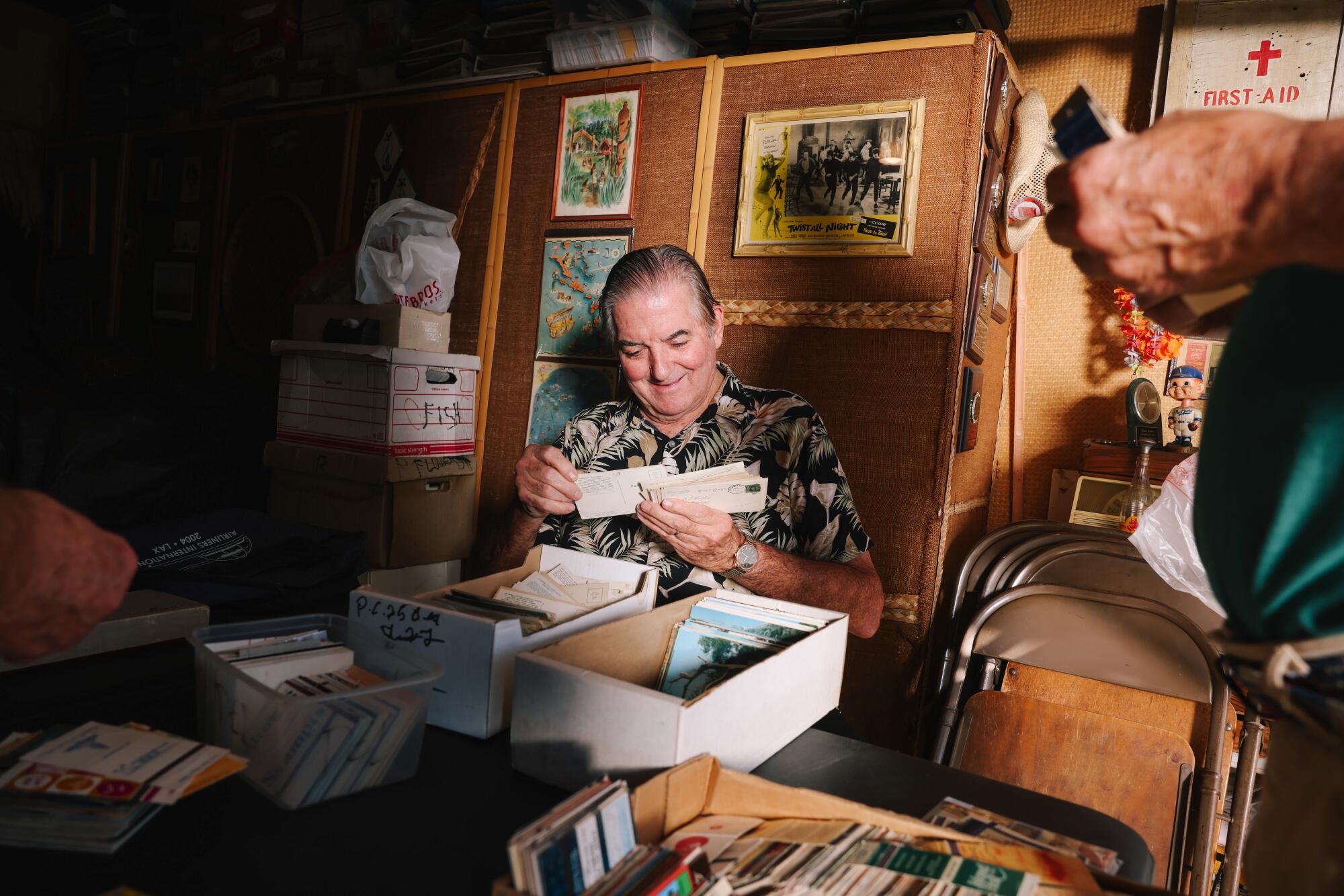
Pumphrey â who also collects airline matchbooks as a nod to his 30 years working for TWA â says he loves coming to Matchcover Club meetings not just because of the goodies he might come home with but because, as he puts it, âThe people there are knowledgeable about everything.
âYou go to this nice coupleâs home in Pasadena and their whole garage is filled with boxes of matches,â he explains. âThey hand you a bag, and you just help yourself to whatever interests you. Then thereâs an auction and a raffle, and everyone discusses what theyâre interested in. Thereâs an expert on every particular subject you can imagine, and a lot of the people that come to these meetings have written books, so theyâre always looking to uncover history, and matchbooks are a key element of how they do that.â
Rami Almordaah is chief authenticator at sneaker resale store CoolKicks. Itâs his job to identify fakes and drive hard bargains for sneakers that collectors want to sell.
Fortunately or unfortunately for the Angelus Matchcover Club, though, a lot of those experts are getting older, meaning the club is making a push to recruit new blood. âItâs a pretty senior group,â says Pumphrey. âIf you go to postcard shows, where you generally see a lot of matchbook collectors, you never see anybody there under the age of 50.â (Stamp collector events are even worse, he says, noting that at those, most everyone âhas a walker or a wheelchair.â)
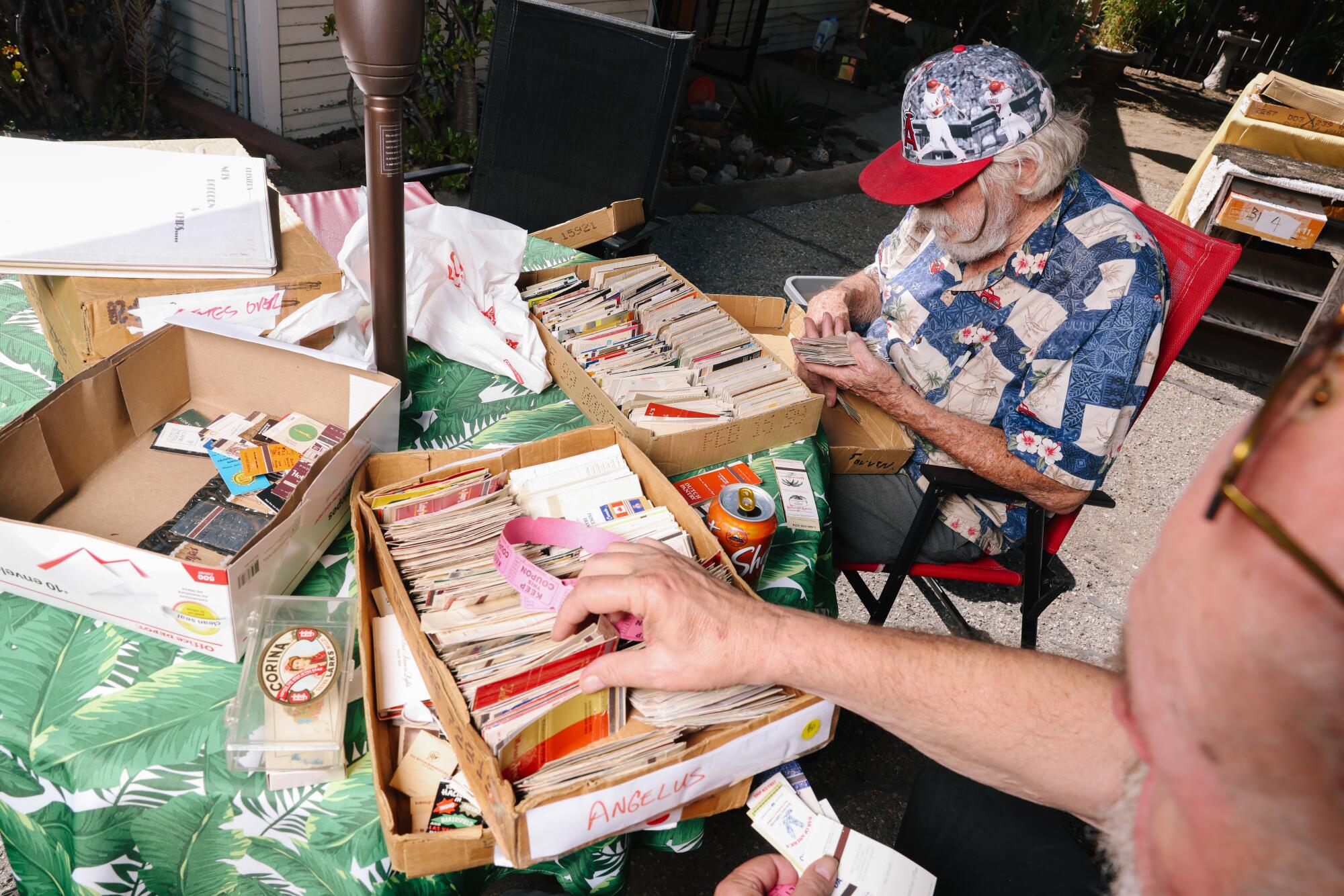
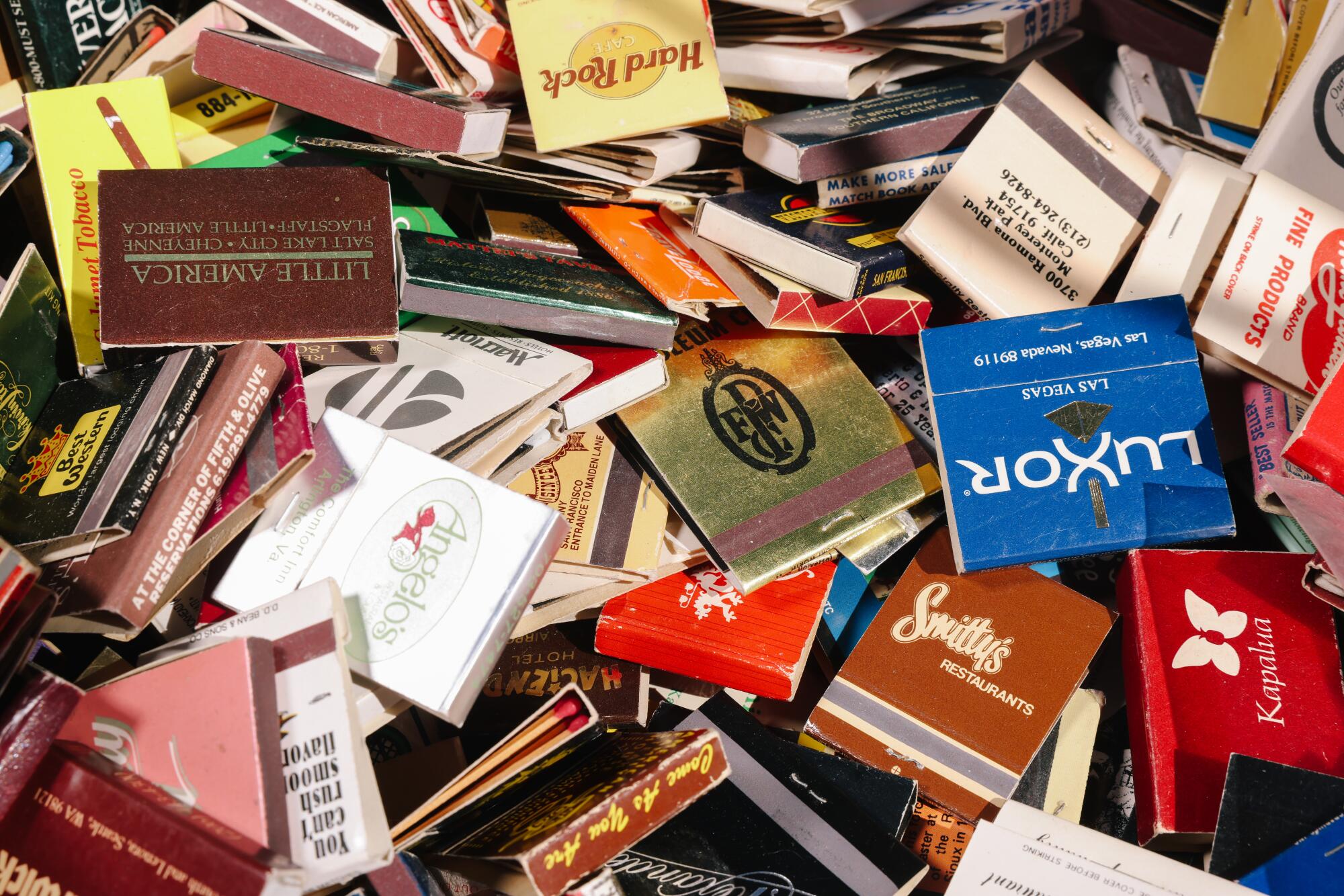
Luckily for the Matchcover Club and for the future of matchbook collecting, the bar to entry isnât all that high. âYou can get a ton of matchbooks for practically free,â says club member John Maxwell. âIf you come to a meeting, they will give you a ton of them for free. And by a ton, weâre talking 2,000, and 2,000 of anything is a lot to begin with.â
Considering that the Angelus Club is the countryâs third oldest â behind only the national Rathkamp Matchcover Society and the Empire Club out of New York, which started just a year or so earlier â membership should be appealing to those appreciative of the cityâs history and heritage. âSo many L.A. people are really, really into L.A. history, and theyâre right to be because itâs fabulous and itâs interesting,â says McKinney. âNow, we just need to get the message out there about what an integral part matchbook collecting is of that history.â
The Angelus Matchcover Club meets the third Sunday of January, February, March, September, October and November at noon in Pasadena. For more information or to join, email Cheryl Crill at [email protected].
More to Read
Sign up for The Wild
Weâll help you find the best places to hike, bike and run, as well as the perfect silent spots for meditation and yoga.
You may occasionally receive promotional content from the Los Angeles Times.
